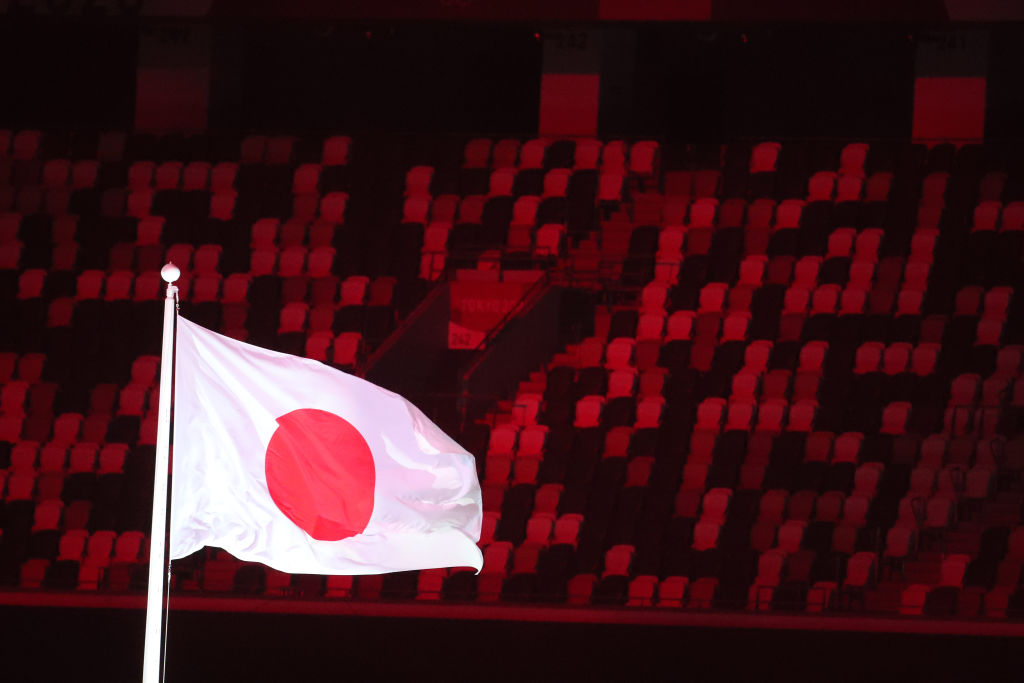On August 14, the day before Japan’s End of the War Day, Prime Minister Fumio Kishida made a sudden announcement about his intention to resign. Kishida stated that he would not run in the next leadership election for the ruling Liberal Democratic Party (LDP), scheduled for September. This means the winner of the upcoming presidential LDP ballot will be the new Japanese prime minister.
Precisely three years ago, when Kishida declared his candidacy for the LDP leadership race, it triggered the resignation of then prime minister Yoshihide Suga. After ascending as Japan’s 100th prime minister, Kishida focused on addressing issues left unresolved by previous administrations.
Kishida, known for his leadership style of “listening”, was harshly criticised even by LDP members for not clearly conveying his intentions. Ironically, before his sudden decision to step down, Kishida spent an unusual weekend without meeting anyone for two days, according to local reporters, which seemingly gave him the time to reflect.
He explained that stepping down was a chance to reset public distrust in the party.
Kishida’s resignation, however, may signify a fresh start for Japan. During his press conference, he explained that stepping down was a chance to reset public distrust in the party regarding the slush fund scandal, where profits are said to have been skimmed off political fundraising in recent years. Kishida seemed to be flagging a potential change in the LDP. While he expressed “no hesitation in taking responsibility”, as the party prepares for the upcoming general elections in both the upper and lower houses, which must be held by July and October 2025, the main reason for his resignation appears to be doubting his ability to lead the LDP to victory.
Kishida’s administration was said to have secured a "golden three years” after winning a majority in the 2022 House of Councillors election. With general elections then a long way off – and the prime minister having the prerogative over the timing – he nevertheless faced a series of setbacks.
In January this year, he dissolved his faction within the LDP in response to the unfolding scandal over fundraising parties hosted by the party. This move, unprecedented in the history of the LDP, long considered as a federation of factions, led to the disbandment of several influential powerbases, including those previously led by former prime minister Shinzo Abe and former LDP secretary-general Toshihiro Nikai. Internal party conflict was the result.
Then in April, local government elections saw the defeat of three LDP-affiliated candidates. A month later, Kishida couldn’t carry a victory even in a mayoral election in Hiroshima – his own constituency. By June, as Kishida hit the 1000-day mark in office, his cabinet’s approval rating hovered around 20 per cent, a critical threshold.

While domestic politics proved challenging, Kishida made notable achievements both at home and abroad. In a broader context, his three-year term marked a departure from the “Abe era”.
Domestically, he geared up significant changes in Japan’s security policy, including the build-up of defence capabilities, an increase in defence spending to more than 2 per cent of GDP, and revisions to key defence documents. He also reversed Japan’s post-2011 nuclear power policy that had followed the Fukushima nuclear accident, considering the construction of new plants to meet decarbonisation goals. Additionally, the aggressive monetary policy known as “Abenomics” eventually shifted direction with the appointment of a new Bank of Japan governor.
In foreign affairs, Kishida, who was Japan’s longest-serving post-war foreign minister during the Abe years, made significant strides while confronting myriad challenges. His administration responded decisively to Russia's invasion of Ukraine in 2022, providing substantial assistance to Ukraine and hosting Ukrainian President Volodymyr Zelenskyy at the 2023 G7 summit in Hiroshima. Kishida also improved relations with South Korea, which led to strengthening US-Japan-South Korea trilateral cooperation.
Amid China’s assertive economic statecraft, the Kishida administration took a firm stance against economic coercion, coordinating with like-minded countries at the G7 and OECD levels. In his term, with other Indo-Pacific partners, the Indo-Pacific Economic Framework (IPEF) was set up, and Japan’s diplomatic reach towards the Global South extended.
Yet a void remains at home. For all Kishida’s achievements, there is an unprecedented uncertainty about who will take up the Japanese leadership next. With political factions in the LDP dissolved, the field is unclear. In the worst case, Japan could return to the pre-Abe merry-go-round prime ministership, which saw six leaders across six years, including Abe’s first term.
As Japan departs from a long decade of Abe’s influence, Kishida’s successor – whoever that will be – faces the daunting task of steering the nation through an era of hyper uncertainties. It will be some introduction alongside new UK and US leaders at the next G7 in Canada.

